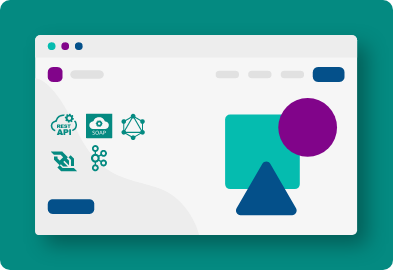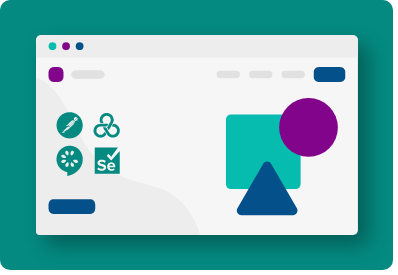In the previous part of this blog series, we took a deep dive into front-end technologies that craft the user experience of an application. However, what users see on their screens is just the tip of the iceberg. Beneath the surface lies a complex world of server-side operations, databases, and application logic. This is where backend technologies come into play.
What are backend technologies?
Backend technologies refer to the server-side components of a web application. They manage everything that happens behind the scenes—things users can't see but that make the front-end work effectively. This includes server-side programming languages, databases to store data, server environments, and the use of API (Application Programming Interfaces) to connect the frontend and backend. Let's delve deeper into some of the key backend technologies that make it possible to build efficient, secure, and scalable enterprise systems.
In the next blog post, we will explore API technologies that help frontend and backend technologies to communicate and exchange data. Until then, happy coding!























